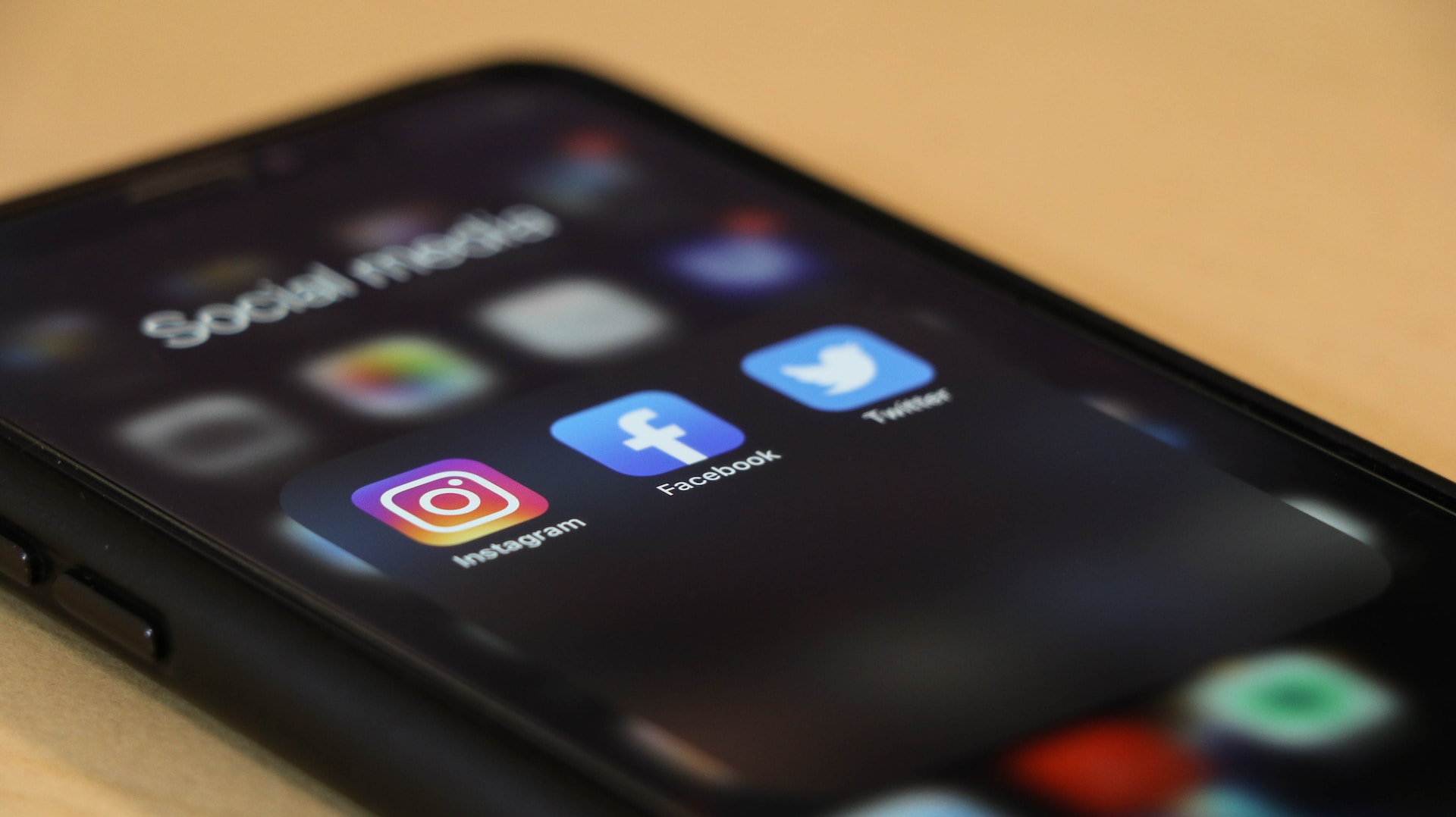- 25 May 2023
- 75
Beyond the Finger-Pointing: Why Unplugging and Banning Fail to Solve the Smartphone and Social Media Puzzle

In an era dominated by smartphones and social media, concerns about their impact on society have become a topic of intense debate. From worries about addiction and decreased productivity to mental health issues and privacy breaches, the negative effects attributed to these technologies are numerous. As a result, calls for unplugging and outright banning have grown louder. However, a closer examination reveals that these simplistic solutions fail to address the complex puzzle presented by smartphones and social media.
Unplugging, or completely disconnecting from smartphones and social media, is often hailed as a panacea for the perceived ills of the digital age. Proponents argue that taking a break from the constant influx of notifications and online interactions can restore mental well-being, improve focus, and foster real-life connections. While it is true that mindful and intentional technology use is important, completely unplugging is not a realistic or sustainable solution for most people.
The reality is that smartphones have become an integral part of our lives, serving as indispensable tools for communication, work, and entertainment. They have streamlined various aspects of our daily routines, enabling us to stay connected, access information, and accomplish tasks more efficiently. Completely disconnecting from smartphones would mean severing essential connections and potentially hindering personal and professional opportunities.
Similarly, calls for banning social media platforms often stem from concerns about their impact on mental health, privacy, and societal well-being. While there are legitimate concerns regarding data privacy, online harassment, and the spread of misinformation, an outright ban would overlook the positive aspects of social media and limit individuals’ freedom of expression and connectivity.
Social media platforms have given marginalized voices a platform for activism, facilitated community-building, and provided opportunities for creative expression. They have allowed individuals to connect with others across geographical and cultural boundaries, fostering empathy, understanding, and collective action. A complete ban would deprive society of these potential benefits and undermine the potential for positive change.
Instead of resorting to simplistic solutions, a more nuanced approach is needed to address the challenges posed by smartphones and social media. This approach should involve a combination of individual responsibility, digital literacy, and responsible design.
Individual responsibility entails recognizing the impact of technology on our lives and making conscious choices about our digital habits. It involves setting boundaries, practicing digital mindfulness, and prioritizing real-life connections. By taking control of our technology use, we can reap the benefits while mitigating the potential negative effects.
Digital literacy plays a vital role in equipping individuals with the skills to navigate the digital landscape responsibly. Education programs, both in schools and communities, can provide guidance on critical thinking, media literacy, and online safety. By empowering individuals to become informed consumers and active participants in the digital world, we can foster a more resilient and responsible digital society.
Responsible design involves the ethical and considerate development of technology. It requires technology companies to prioritize user well-being, incorporate privacy safeguards, and design platforms that encourage healthy usage. By integrating features such as usage reminders, content moderation tools, and privacy settings, technology can be harnessed to enhance our lives rather than detract from them.
Solutions that go beyond unplugging and banning should also consider the broader societal issues that underlie the challenges associated with smartphones and social media. Factors such as systemic inequalities, societal pressures, and the role of traditional media need to be addressed. By tackling these underlying issues, we can create a more holistic approach to mitigating the potential negative effects of technology.
In conclusion, simplistic solutions such as unplugging and banning fail to solve the multifaceted puzzle presented by smartphones and social media. Instead, a more comprehensive and nuanced approach is required. By promoting individual responsibility, digital literacy, and responsible design, we can strike a balance that allows us to harness the benefits of technology while mitigating its potential drawbacks. Only through a holistic approach can we navigate the complexities of the digital age and create a more balanced and sustainable relationship with smartphones and social media.

